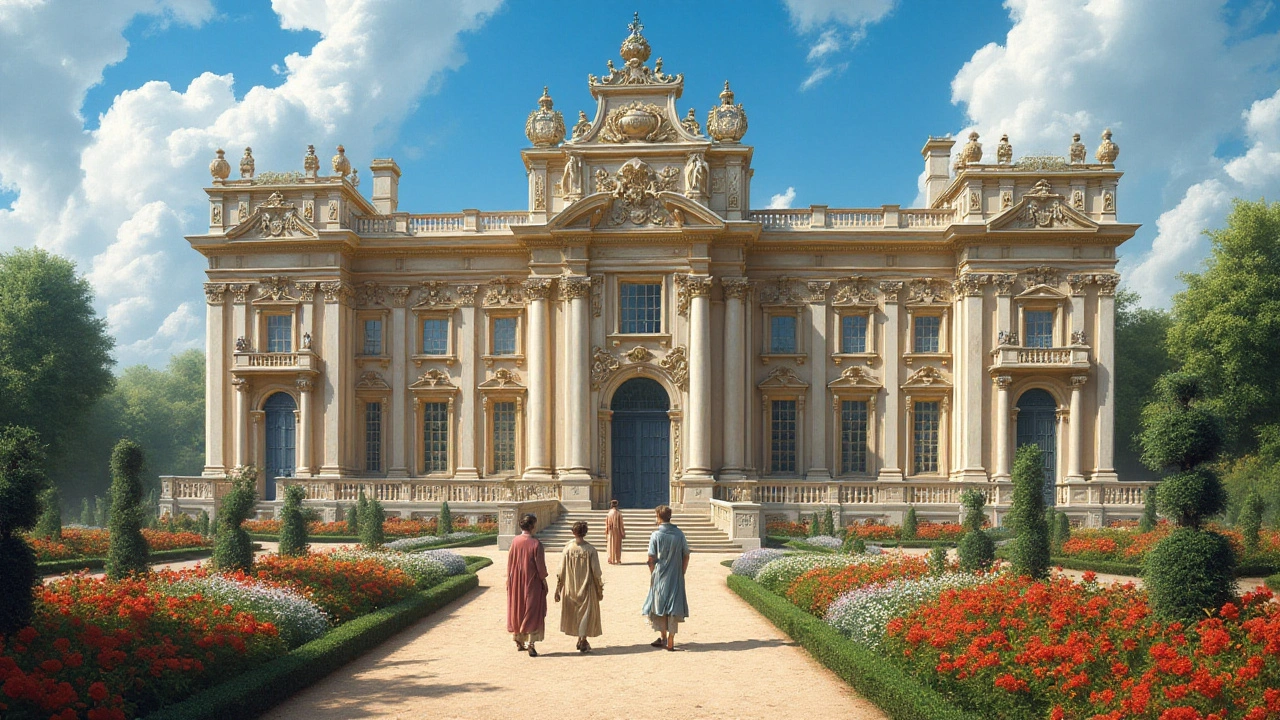Luxury Architecture: What Really Makes a Building Feel Luxe
Luxury architecture isn't just about size or price. It's the decisions you notice and the ones you don't: how a door closes, how light falls, the joinery around a window. That quiet attention to detail is what separates a plain building from a memorable one.
Think of a grand Beaux-Arts bank and a modern glass mansion. Both can feel luxurious for the same reason: crafted materials, smart proportions, and clear hierarchy of spaces. Luxury shows up in quality—stone, bronze, hand-finished wood—and in how those materials are used to shape daily life.
Key features that signal luxury
First, proportion and scale matter. Rooms with higher ceilings, well-placed windows, and calm sightlines feel expensive because they let light and movement breathe. Second, detailing. Crown moldings, flush cabinetry, and custom metalwork are small investments that read as premium. Third, durable premium materials—marble, aged brass, hardwoods—age well and become a design asset over time.
Lighting deserves its own callout. Layered lighting (ambient, task, accent) creates mood and highlights textures. Simple switches, quality fixtures, and thoughtfully placed windows often beat flashy gadgets for that luxe feel.
Smart ways to bring luxury into an existing space
You don’t need a mansion to get a luxury look. Start with three moves: improve the entry experience, upgrade touchpoints, and simplify clutter. A solid front door, a clean foyer, and a targeted light fixture make the whole place read as intentional. Replace cheap finishes where your hands touch most—doorknobs, faucets, and cabinet pulls—and you’ll notice a big lift.
Pick one showpiece material instead of scattering many. A single slab of quality stone for a kitchen island or a well-crafted fireplace surround creates focus. Keep other surfaces quieter so the star material can shine without competing for attention.
Hire craftsmanship for visible joins and finishes. A cabinet gap patched badly or uneven grout drags a design down, while tight tolerances and straight lines read as done and durable. That’s why restoration articles about Beaux-Arts and Renaissance Revival buildings matter: they show how careful work keeps architecture feeling valuable.
Finally, plan for longevity. Luxury architecture favors long-term choices over trendy ones. Choose classic proportions, invest where you’ll see it daily, and let a few bold elements tell the story. If you're renovating, focus budget on structure and finishes, not on flashy tech that gets outdated fast.
Curious how historic styles like Baroque, Greek Revival, or Beaux-Arts shaped modern luxury? Browse examples that match your taste and borrow one clear idea—scale, material, or a single bespoke detail—and use that as your anchor. Small, well-made decisions add up to spaces that feel rich and relaxed at once.

Renaissance Revival Architecture: The Epitome of Luxury
Renaissance Revival Architecture isn't just about grand looks—it's all about comfort wrapped in luxury and historic style. This article breaks down key features, why people still love it, and how you can get the look at home. You'll pick up facts that surprise most architecture fans and learn simple ways to give your space a bit of Renaissance magic without needing a massive budget. From famous buildings to insider restoration tips, it's your down-to-earth guide to blending the past with modern life. If you've ever wondered what really makes a home feel timeless, this one's for you.
Read more
Luxury and Opulence: Unpacking Baroque Architecture
Baroque architecture emerged in the late 16th century, marking a flamboyant shift from the restrained styles that preceded it. It is characterized by bold contrasts, extravagant ornamentation, and dynamic forms designed to evoke emotional responses. This architectural style spread across Europe and later to Latin America, often associated with the Counter-Reformation as the Catholic Church sought to convey its grandeur. Baroque remains a powerful symbol of luxury and can still be seen in many palaces and churches. Understanding the intricate details of this style offers insights into the cultural and historical contexts that shaped it.
Read more